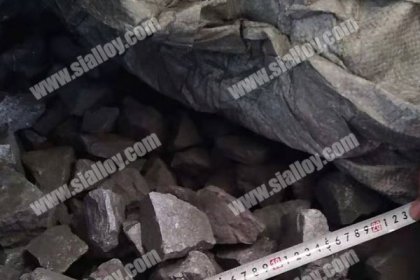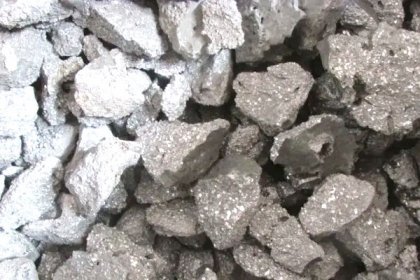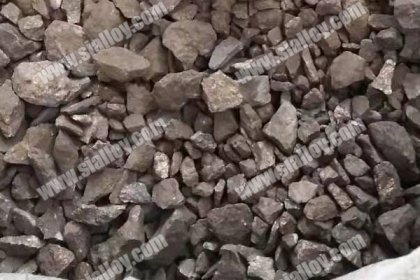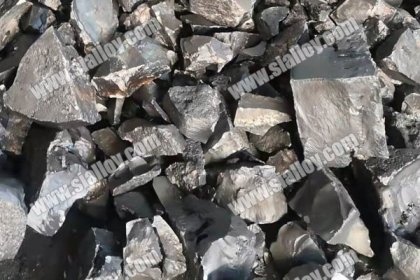Magnesium Properties
Magnesium is the second group of chemical elements in the periodic system of elements.The electron arrangement of the free atom of magnesium is 1s22s22p63s2, so magnesium is usually bivalent (Mg2+).Magnesium is a very light metal. It is 1/3 lighter than aluminum, and also a good conductor.
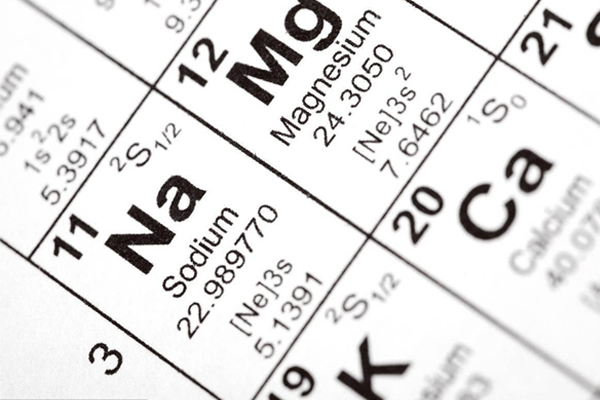
Its physical and chemical properties are [3] : atomic number: 12 atomic volume: 24.305 atomic volume: 13.99cm3/mol atomic radius: 0.15nm ionic radius (Mg2+) : 0.074nm density: 20℃ (mg99.9%) 1.74g/cm3 melting point (651℃), boiling point temperature: 1107℃.Pure magnesium is a soft metal that can be forged. The tensile strength of cast magnesium products is about 8kg/mm2, while that of forged magnesium products is 20kg/mm2, and its elongation rate is 6% and 8% respectively.Most of the magazines contained in magnesium have adverse effects on their mechanical properties.MgO over 0.1% decreases the mechanical properties of magnesium.When sodium content exceeds 0.01% or potassium content exceeds 0.03%, the tensile strength and mechanical properties of magnesium are also greatly reduced.However, some impurities improve the physical properties of magnesium.For example, impurity silicon can increase the tensile strength of magnesium, and calcium can refine the grain size of magnesium. When the calcium content is about 0.45%, the plasticity of magnesium is significantly improved.
The chemical properties of magnesium the chemical properties of magnesium are very reactive. Solid magnesium is generally stable and does not burn easily at room temperature and in dry air, but in the molten state it burns easily and produces magnesium oxide (MgO).At 300 ℃, magnesium reacts with N2 in the air to produce magnesium nitride (Mg3N2), which gives the surface of magnesium a brownish yellow color.3Mg+2N2=Mg3N2 magnesium can react with H2O in boiling water to liberate hydrogen (H2) from the water.Magnesium can be dissolved in inorganic acids (HCl, H2SO4, HNO3, H3PO4), but can resist the corrosion of hydrofluoric acid and chromic acid.The solution of halide, sulfide, nitride and sodium bicarbonate (NaHCO3) can corrode magnesium.Magnesium is stable in NaOH and Na2CO3 solutions, but organic acids can destroy magnesium.Magnesium can reduce many oxides (TiO2, UO2, Li2O, etc.) and chlorides (TiCl4, ZrCl4).Magnesium and iron do not form alloys, but the solubility of iron in magnesium increases with the increase of temperature.
 中文
中文
